The Inverted Jenny is one of the most famous, valuable and rare postage stamps in the world. Printed in 1918, the stamp was released as part of a new airmail service launched by the United States Postal Service. The stamp gets its name from the fact that the central image of a Curtiss JN-4 biplane was accidentally printed upside-down, making it a highly sought-after item among stamp collectors.
Background of inverted Jenny
The airmail service was initiated in May 1918 to transport mail between Washington D.C. and New York City, with a stop in Philadelphia. The service was operated by the United States Army Air Service, which used specially-designed planes to deliver the mail. The initial cost for airmail was 24 cents per ounce, which was much higher than the standard rate for regular mail at the time, which was only 3 cents per ounce.
To commemorate the launch of the new service, the United States Postal Service decided to release a special airmail stamp. The stamp was designed by Clair Aubrey Huston, who was the head of the Bureau of Engraving and Printing at the time. The stamp was intended to feature an image of the newly-designed Curtiss JN-4 biplane, which was being used by the Army Air Service to transport the mail.
Stamp printing error
The Inverted Jenny was printed using the intaglio printing process, which is a technique that involves engraving an image onto a metal plate. The plate is then coated with ink, and the ink is transferred onto the stamp paper using a press. Each stamp had to go through the press twice, once to print the red frame and once to print the blue center image. The stamp sheet had 100 stamps, arranged in 10 rows of 10 stamps each.
During the printing process, one of the sheets of stamps was accidentally fed into the press upside-down, causing the central image of the biplane to be printed upside-down. This mistake went unnoticed until after the stamps had been printed, and a total of 100 inverted Jenny stamps were produced.
Collectors’ Item
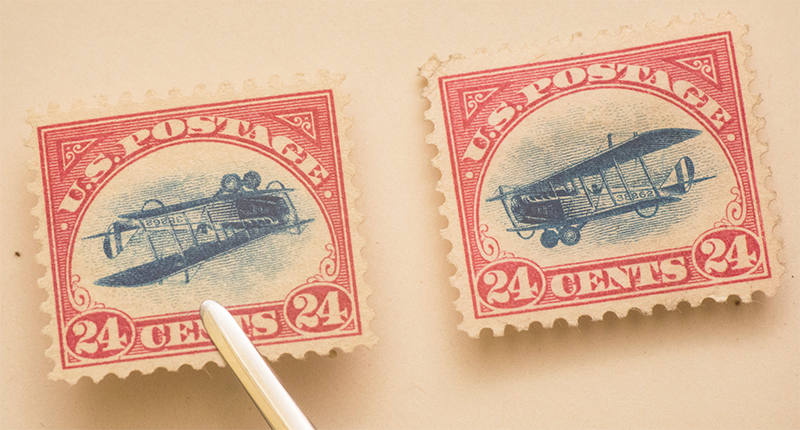
Once the error was discovered, the Postal Service recalled all the stamps and issued a new sheet with the biplane image in the correct orientation. However, some of the original inverted Jenny stamps had already been sold to the public, making them highly valuable collectors’ items.
Today, only a few dozen of the original inverted Jenny stamps are known to exist, with many of them held in private collections. In 2016, one of the stamps was sold at auction for $1.3 million, making it one of the most valuable stamps in the world.
Legacy of inverted Jenny stamp
The Inverted Jenny stamp has become an iconic symbol of the early days of airmail in the United States. It is a reminder of the challenges faced by the pioneers of aviation, who risked their lives to deliver mail and advance the technology of flight. The stamp has also captured the imagination of stamp collectors around the world, who consider it to be one of the greatest rarities in the field.
The Inverted Jenny postage stamp is a rare and valuable collectors’ item that has become an iconic symbol of the early days of airmail in the United States. The accidental printing error that led to the upside-down biplane image has made the stamp highly sought-after by collectors, and it remains a testament to the pioneering spirit of those who helped establish the airmail service. Despite its rarity and value, the Inverted Jenny stamp continues to capture the imagination of stamp enthusiasts around the world, and it remains one of the most famous and beloved stamps in the history of the United States Postal Service.

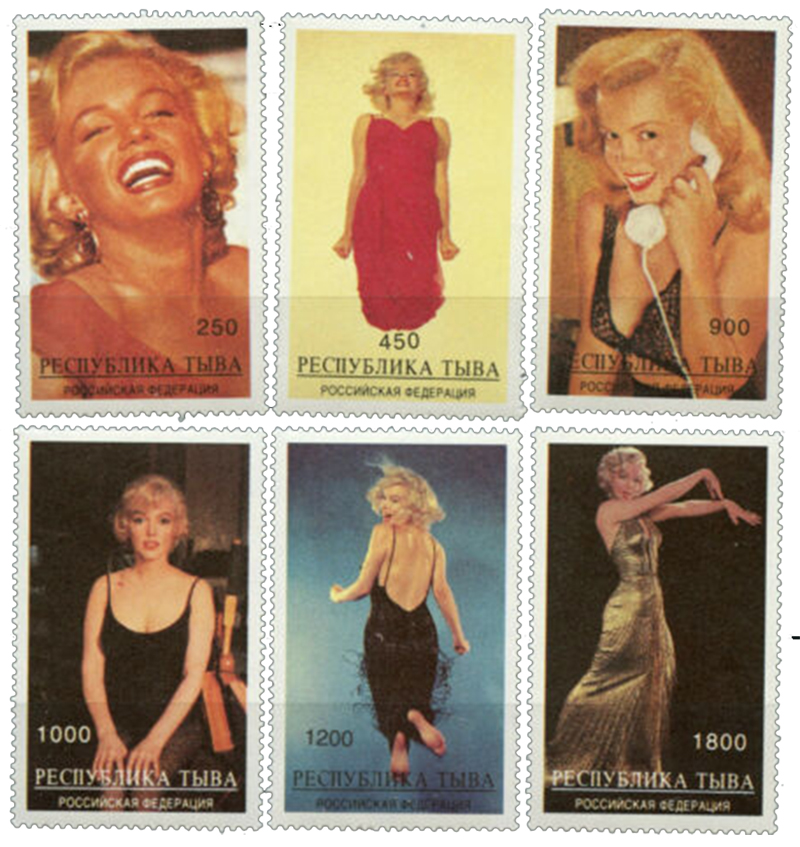
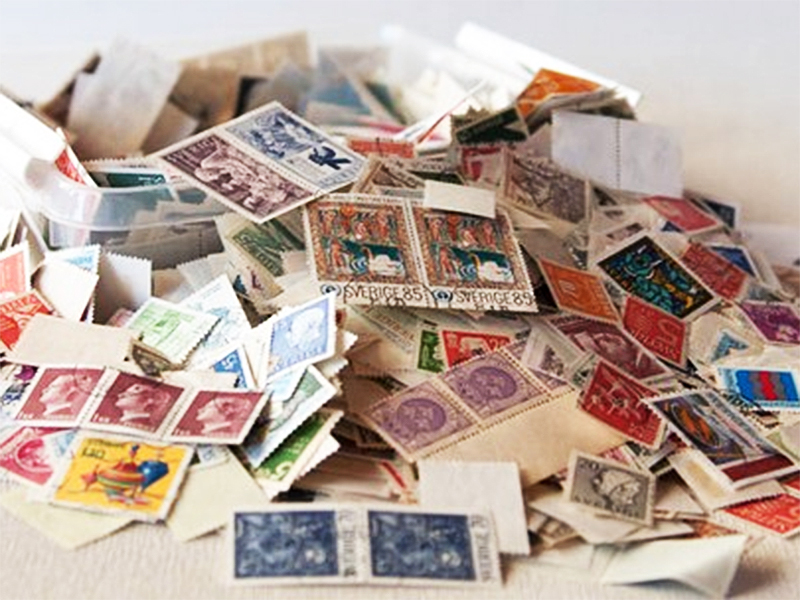
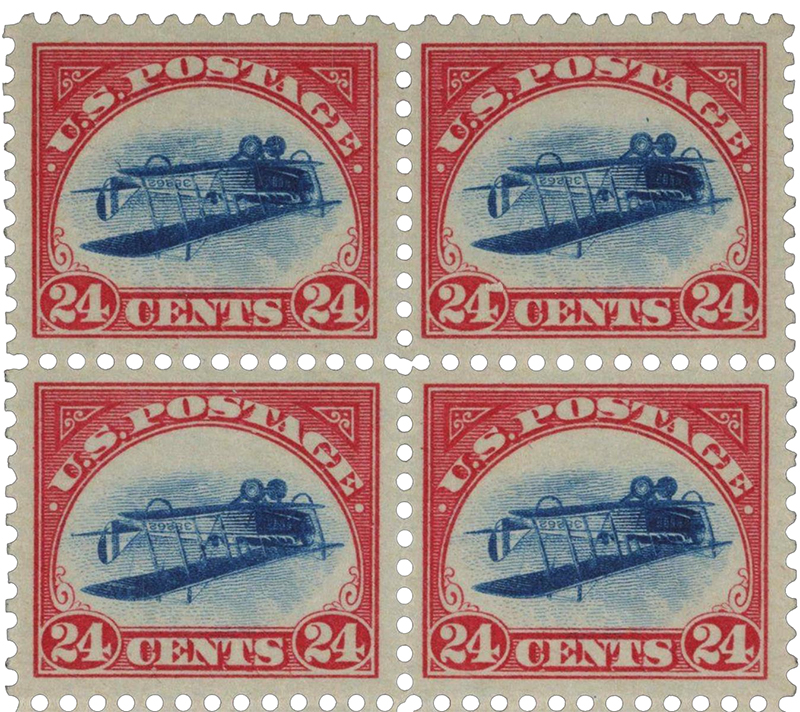
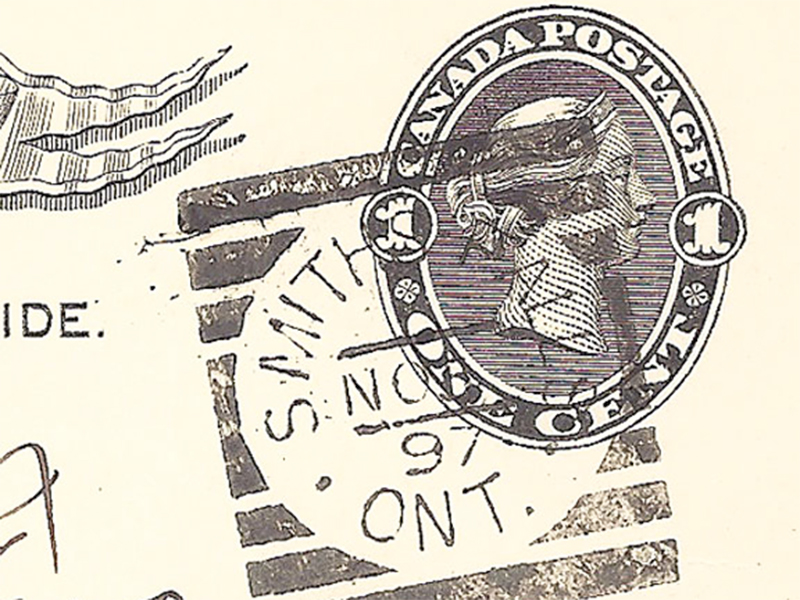
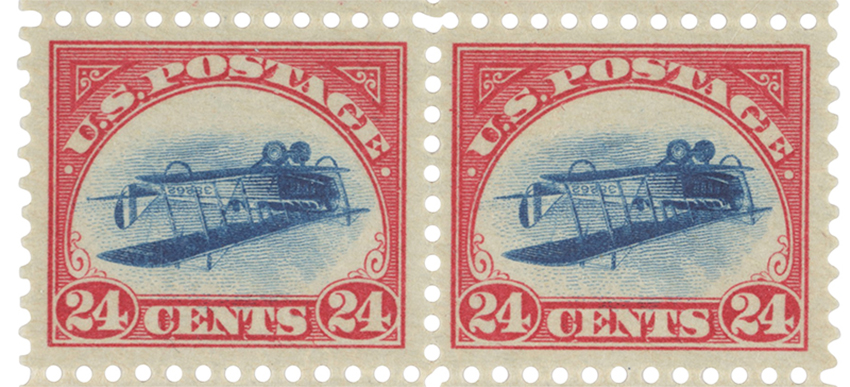


Leave a Reply